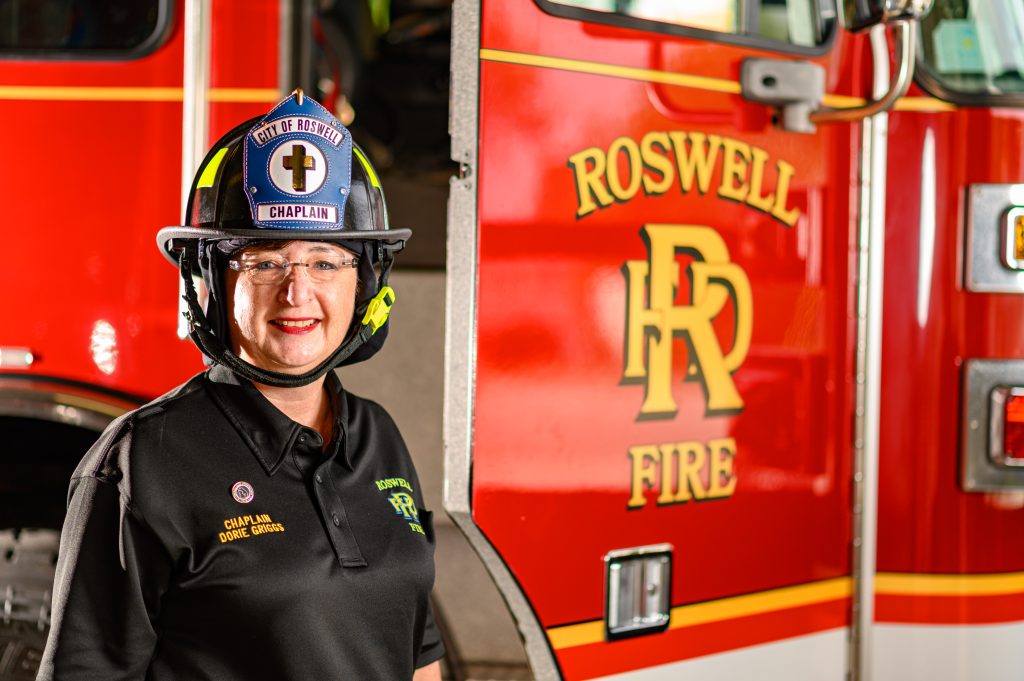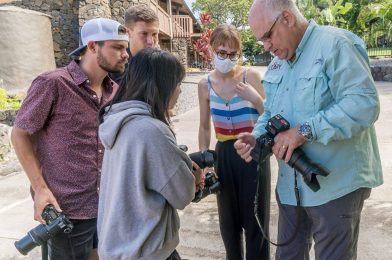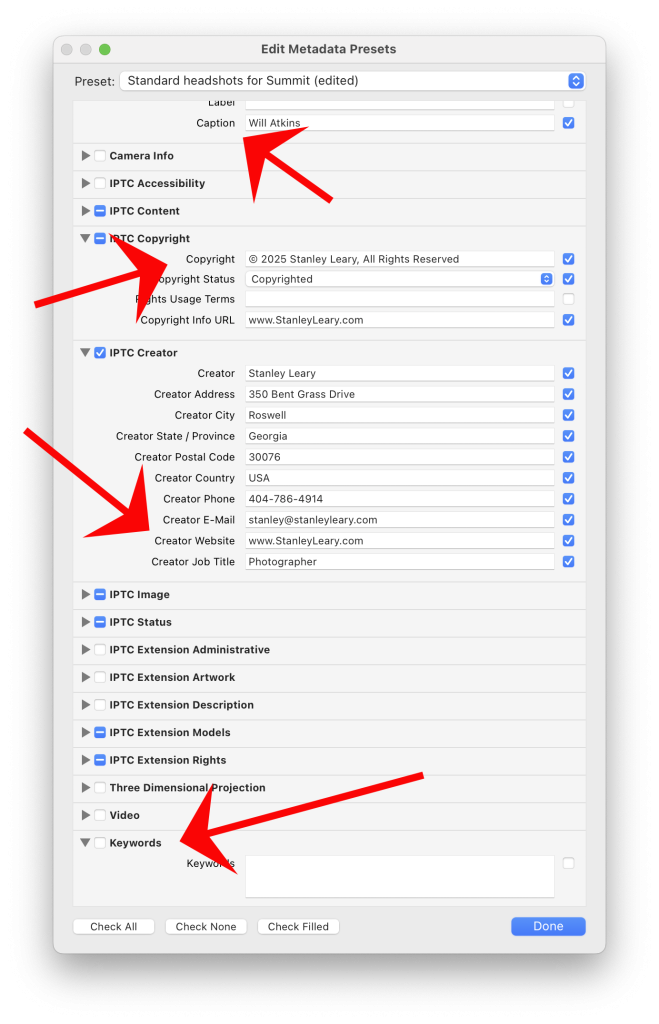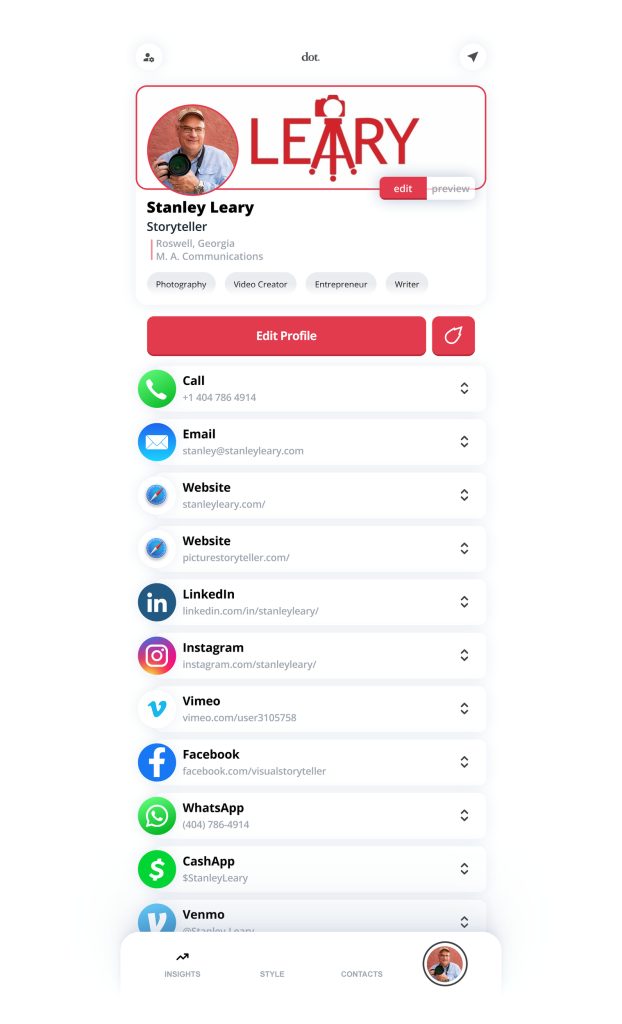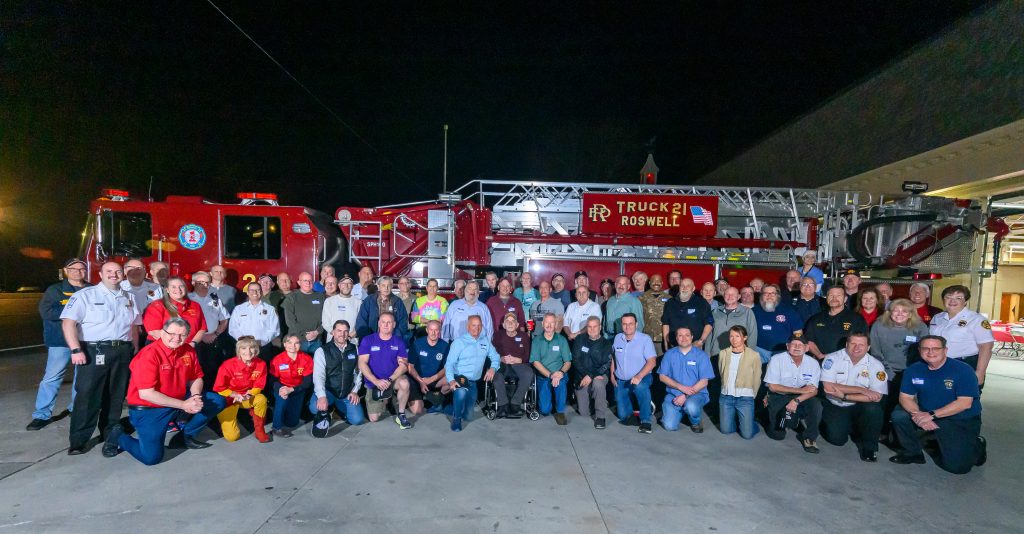Caption: From no options to new opportunities—just a few years ago, many women had no work, education, or hope for the future. But everything changed when a small team of women opened their home to teach sewing skills to just three students.
Now, through Sifa Collective, 25 women each year gain training in sewing, design, business, and more. Graduates leave with a sewing machine and the skills to start their own businesses—some even go on to train others in their communities.
This isn’t just about sewing; it’s about transformation. It’s a movement of women empowering women, one stitch at a time.
I recently received a social media post from someone sharing a missionary team’s incredible work in a remote community. The post described how these dedicated individuals built prosthetics, ran programs, and provided vital resources. While their work was undoubtedly meaningful, something was missing—the actual story.
Too often, missionaries (and many nonprofits) focus on reporting what they do rather than telling the more profound, transformative stories of the people they serve. The difference? Reporting is about actions, while storytelling is about change.
Who Is the Real Hero?
In the best stories, the protagonist isn’t the helper—it’s the one who transforms. Missionaries, aid workers, and nonprofit leaders play a crucial role but aren’t the story’s heroes. The real heroes are the individuals whose lives are forever changed.
If you want your stories to resonate truly, shift the focus:
- Before the intervention: Who was struggling? What was their life like?
- The turning point: What event or moment led them to seek help?
- The transformation: How has their life changed physically, emotionally, spiritually, or socially?
- The new reality: What does their life look like now?
The Power of Story Structure
A proven storytelling framework, often called the “Hero’s Journey,” helps craft compelling narratives. Pixar storyteller Matthew Luhn simplifies it into a “Story Spine”:
- Once upon a time…
- And every day…
- Until one day…
- Because of that…
- Because of that…
- Until finally…
- And since that day…
This structure moves beyond reporting facts and creates a transformation journey, emotionally engaging the story.
Jesus Called Us to Be Witnesses, Not Reporters
This isn’t just about storytelling techniques—it’s rooted in the essence of Jesus’ command: “Be My witnesses” (Acts 1:8). A witness doesn’t simply describe events; they share how their lives have been changed.
Think of a powerful testimony:
- Life before Christ – What was broken? What was missing?
- The struggle – What challenges seemed impossible to overcome?
- The encounter with Jesus – How did He step in? What changed?
- The transformation – How did your life shift because of Him?
- Life today – How are you now living in that transformation?
When we merely report on what missionaries do, we overlook the real story—the testimony of lives transformed by God’s power. And it’s our testimony, not just our activities, that spreads the gospel.
Bringing This to Organizations
This shift in perspective isn’t just for individual missionaries; it applies to entire organizations. Before sharing stories, organizations must take a step back and ask more profound questions:
- What problem are we really solving?
- Why do we do what we do?
- How do we ensure our messaging truly connects with people’s hearts?
This is the foundation of the next chapter of my work: helping organizations move beyond surface-level reporting into powerful, transformational storytelling.



